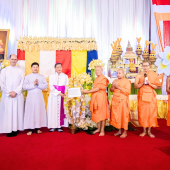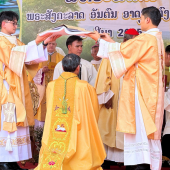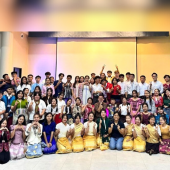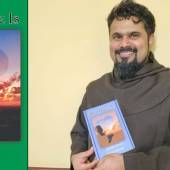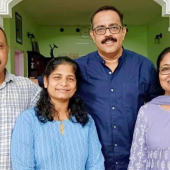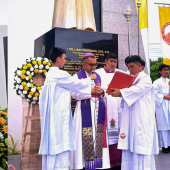First Hmong Catholic church consecrated in Laos
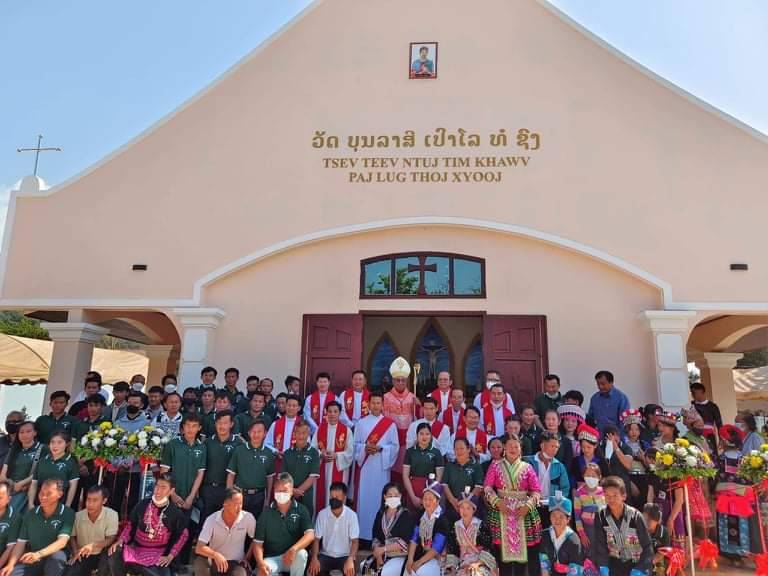
A small Hmong community builds its first Catholic Hmong church in Nam Yam village in Laos with the help of the Hmong diaspora. The church belongs to the Vientiane diocese in Laos.
Vientiane Cardinal Louis-Marie Ling Mangkhanekhoun consecrated Blessed Paulo Thosong church on January 12.
The small community is eager to use the new church not only to have a better place where to celebrate the Sunday mass but also because this
"This church is a living sign that God doesn't abandon the people who suffer and trust in him," said Cardinal Louis-Marie.
Laos, a mosaic of cultures, has a population of 7.5 million inhabitants. Its unique geographical location made this country a crossroad in the middle of Southeast Asia. Its mountains, covered with thick forest covering almost three-quarters of the country, gave shelter to many hill tribe people.
The Church has long been present in Laos with the Missiones Etrangeres de Paris. The Oblates of Mary Immaculate arrived in the country at the beginning of the twentieth century.
The missionaries worked for the evangelisation of the hill tribe people in the Northern part of the country. They opened seminaries and schools, but the Vietnam war and the victory of the Patet-Lao brought every effort to a stop.
All the foreign missionaries were expelled from Laos. Native clergy were persecuted. The Catholic communities were almost abandoned, and evangelisation forbidden.
The small Catholic Hmong communities struggled to survive during the post-war period.
If it weren't for the great effort of some catechists who left to take care of the faithful, it would have disappeared completely.
It would have been the destiny of the Nam Yam village in Vientiane province, a small cluster of houses situated 65 km South-East of Vientiane with 45 families and almost 200 Catholics.
Xib Hwb Xaiv Kiam Vwj was the catechist left to care for the community after the war. His duty was to teach catechism, celebrate the liturgy of the Word, administer sacraments as a catechist could celebrate.
In doing so, the catechist kept the faith of the people alive. Many of the Hmong families of the village migrated to the United States to look for a new life, but they didn't abandon their faith or forgot their birthplace.
At the beginning of 2000, Xib Hwb Xaiv Kiam Vwj wanted to leave his last gift to the Hmong community in Nam Yam. His great dream was to build a Church in his Hmong village.
He talked about his project to the parishioners, he asked for the help of the well-off immigrants and set up the project together. He didn't see the laying of the first foundation stone because he passed away before. But two young catechists he formed, Xib Hwb Tswb Tsab and Xib Hwb Huas Tsab realized his dream.
With inputs from Domenico Rodighiero
Radio Veritas Asia (RVA), a media platform of the Catholic Church, aims to share Christ. RVA started in 1969 as a continental Catholic radio station to serve Asian countries in their respective local language, thus earning the tag “the Voice of Asian Christianity.” Responding to the emerging context, RVA embraced media platforms to connect with the global Asian audience via its 21 language websites and various social media platforms.









